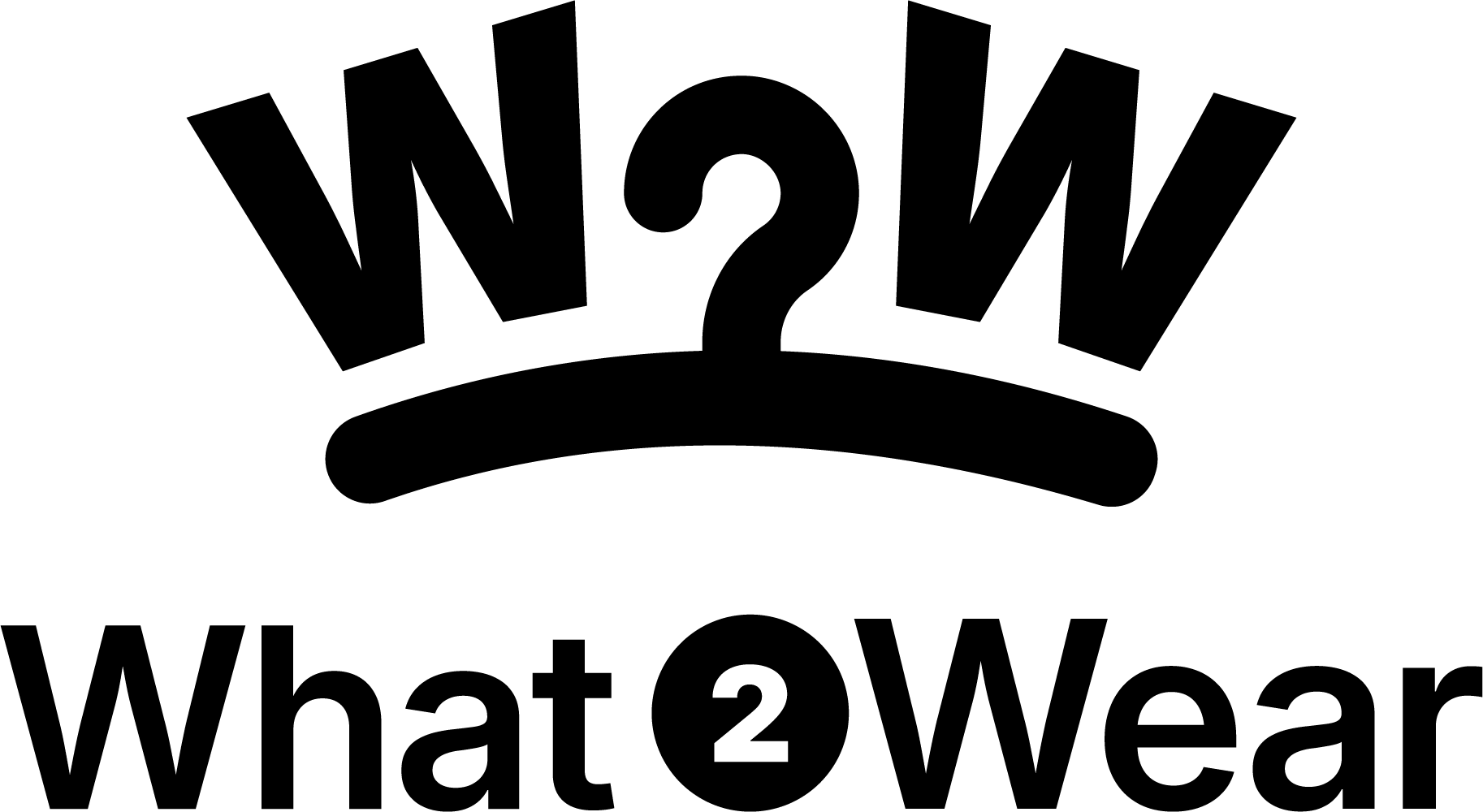AI in Fashion: How Artificial Intelligence is Transforming the Industry

The fashion industry is undergoing a revolution, and artificial intelligence (AI) is at the heart of this transformation. From AI-driven fashion design to sustainable supply chains, technology is reshaping how clothes are created, marketed, and purchased. In this trend analysis, we’ll explore the most significant AI advancements in fashion, their benefits, and the challenges that come with them.
1. AI-Driven Fashion Design: A New Era of Creativity
Traditionally, fashion design has relied on human intuition and creativity. However, AI in fashion design is opening up new possibilities by generating patterns, predicting trends, and even creating entire collections.
- AI-generated designs: Brands like H&M and Tommy Hilfiger use AI to analyze past designs, customer preferences, and global trends to develop new collections.
- Text-to-image generation: AI tools like DALL·E and MidJourney can generate photorealistic clothing concepts from text descriptions, inspiring designers with fresh ideas.
- Customization at scale: AI enables brands like Nike and Adidas to offer personalized shoe and apparel designs tailored to individual tastes.
💡 AI doesn’t replace designers but enhances creativity by providing data-driven insights and automating repetitive tasks.

2. AI-Powered Trend Forecasting: Predicting What’s Next
Fashion moves fast, and predicting trends accurately can mean the difference between a best-seller and a flop. AI fashion trend forecasting is transforming how brands anticipate consumer demand.
How AI Predicts Trends:
✔ Big data analysis: AI scans social media, online searches, and e-commerce behaviors to detect emerging fashion trends before they hit the mainstream.
✔ Image recognition: Tools like Heuritech analyze millions of Instagram and TikTok images to predict the next big colors, patterns, and silhouettes.
✔ Real-time feedback: AI fashion analytics help retailers adjust inventory and marketing strategies based on live data.
📌 Case Study: Zara uses AI to monitor real-time customer preferences, enabling it to quickly design and stock trending styles before competitors catch on.

3. Personalized Shopping with AI: The Future of Retail
AI is reshaping the fashion retail experience, making shopping more personalized and engaging than ever.
- AI-powered personal stylists: Apps like What2Wear, Stitch Fix, and The Yes use AI to analyze users' wardrobes and preferences to recommend matching outfits and new clothing purchases.
- Virtual try-ons: Brands like Gucci and L’Oréal use augmented reality (AR) and AI to let customers try on clothes, makeup, and accessories virtually before buying.
- Chatbots & AI stylists: Retailers such as H&M and ASOS employ AI chatbots to assist customers with sizing, styling, and product recommendations.
📌 Case Study: Amazon’s StyleSnap allows shoppers to upload a picture of an outfit they like, and AI finds similar styles available for purchase.

4. AI and Sustainability: A Greener Future for Fashion
The fashion industry is one of the most polluting industries in the world, but AI fashion sustainability initiatives are helping reduce waste and improve efficiency.
AI’s Role in Sustainable Fashion:
✔ Optimized production: AI-driven demand forecasting prevents overproduction and reduces textile waste.
✔ Automated fabric recycling: Companies like Worn Again Technologies use AI to sort and repurpose fabrics, giving old clothes new life.
✔ Supply chain efficiency: AI minimizes carbon footprints by optimizing logistics, warehouse operations, and material sourcing.
📌 Case Study: Stella McCartney partners with AI firms to track supply chain sustainability, ensuring ethical sourcing of materials.
💡 AI doesn’t just make fashion smarter—it makes it more sustainable by reducing environmental impact.

5. AI’s Role in Supply Chain Optimization
Beyond design and shopping, AI is streamlining the fashion supply chain, making production faster, cheaper, and more efficient.
- Automated factories: AI-powered robotics are speeding up garment manufacturing with precise stitching and minimal waste.
- Predictive logistics: AI forecasts demand and optimizes delivery routes, reducing shipping costs and delays.
- Smart inventory management: AI prevents overstocking and stockouts by analyzing consumer demand in real-time.
📌 Case Study: H&M uses AI-driven logistics to distribute inventory efficiently, reducing excess stock and markdowns.

6. Balancing Automation with Human Creativity: The Ethical Debate
While AI offers numerous benefits, it also raises ethical and employment concerns in fashion.
Key Ethical Considerations:
- Job displacement: AI automation could reduce the need for human labor in fashion production and design.
- Intellectual property concerns: AI-generated designs blur the line between originality and automation.
- Bias in AI recommendations: Algorithms must be trained on diverse datasets to avoid reinforcing stereotypes in fashion trends.
📌 The Future: Many experts believe AI should be a tool that complements human creativity rather than replaces it. Fashion designers, stylists, and artisans will still play a vital role, but AI can help streamline their workflows and provide valuable insights.

Final Thoughts: AI’s Bright Future in Fashion
AI is not just a trend—it’s the future of fashion. From AI-driven fashion design to sustainable production and hyper-personalized shopping experiences, artificial intelligence is revolutionizing the industry. However, as with any innovation, it’s crucial to balance automation with human creativity and ethical responsibility.
Brands that successfully integrate AI into their operations—without losing the artistic essence of fashion—will shape the next generation of the industry.
What do you think about AI’s impact on fashion? Would you trust an AI to choose your outfits? Let us know in the comments!
📌 Keywords: AI in fashion industry, artificial intelligence fashion trends, AI-driven fashion design, AI fashion retail, AI fashion sustainability


